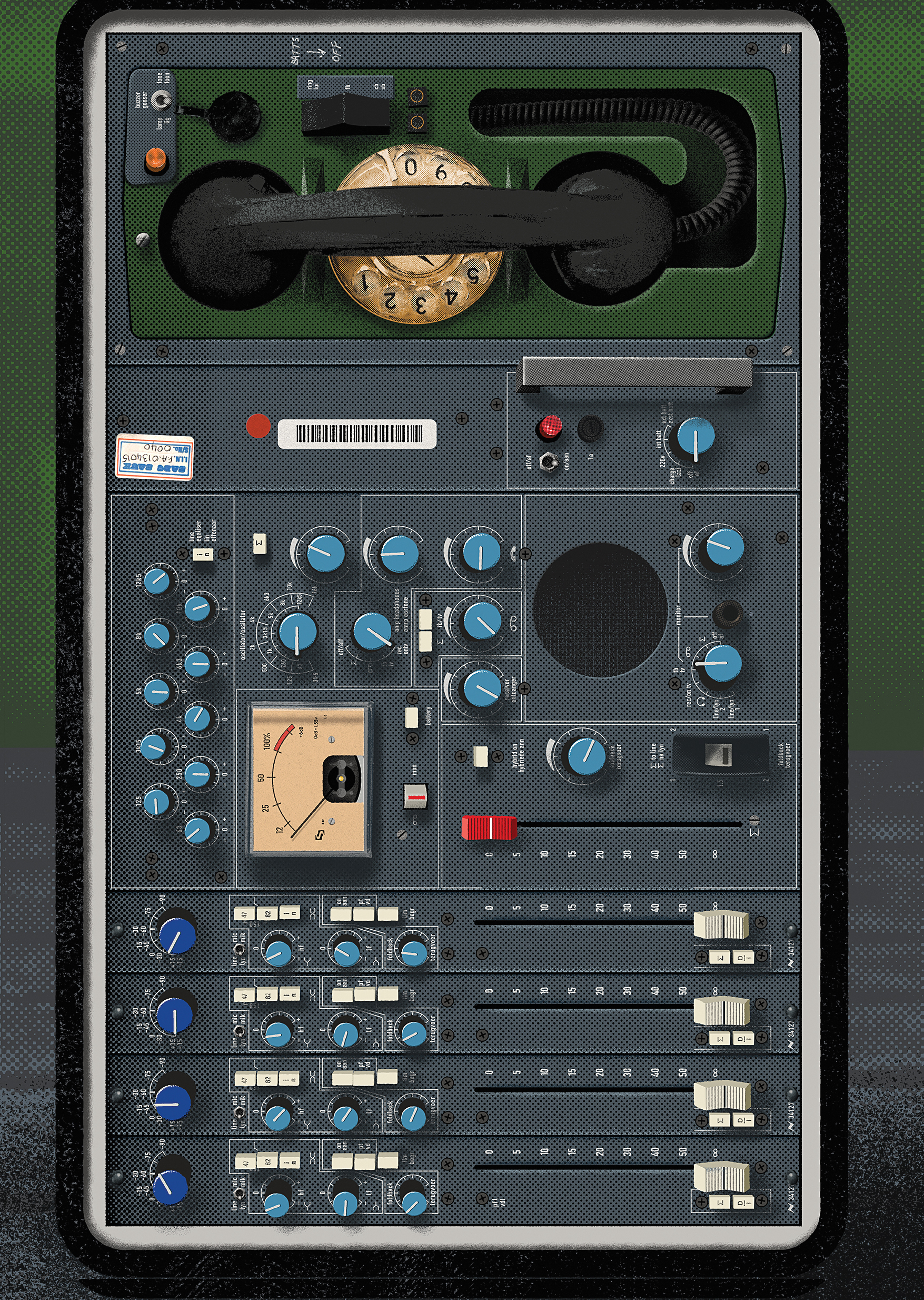I recently discovered that my mixes sounded a bit thinner than I wanted because of a buildup in presence frequencies (4 to 6 kHz). Looking for a cure, I turned to Baby Audio’s Smooth Operator “intelligent signal balancer” plug-in. The GUI looks like a dynamic EQ or a multiband compressor, running from 20 Hz on the left to 20 kHz on the right. A red dot in the center (Middle Node) slides vertically to control how much Smooth Operator impacts your signal. The operation of this global effect level, which works like a threshold control, is a little counter-intuitive, but only for a second: lift to preserve frequencies, lower to attenuate them. I was also initially confused by the three selectable display colors—pink, green, and blue because, while all beautiful, these have no impact on the sound! Four Outer Nodes select frequencies to suppress or ignore, allowing you to shape an ideal frequency curve across the whole spectrum. Each Node also has its own Q-control as well, so you can zero in on problem frequencies or aim for a broader response. A Solo button allows you to hear each Node individually, but I’ve always found it better to EQ in the context of the whole song while monitoring the entire signal. You can see the EQ curve of your incoming signal in the background while simultaneously watching how much Smooth Operator is attenuating frequencies. If you lift a Node at 50 Hz, for instance, Smooth Operator will allow nearby frequencies to pass unaffected. If you lower the same Node at 50 Hz, Smooth Operator attenuates that frequency when it crosses the global effect threshold set by the Middle Node. If this sounds like a basic multiband compressor without controls for attack, release, and ratio, it’s because it looks like one. But in my experience, Smooth Operator is much more useful. I’m unlikely to turn to a multiband compressor unless absolutely necessary. However, auditioning Smooth Operator on a track and moving the nodes around felt safe. Smooth Operator’s simplicity and elegance make it a breeze to use, even though it combines several processes – Baby Audio describes it as fusing “resonance suppression, spectral compression, and equalization into one.” While there’s clearly a lot going on behind the curtain, the interface is dead simple, and the speed with which you can get a great result from Smooth Operator is astonishing, which is a big appeal for me.
While other plug-ins offer a similar service, Smooth Operator sounds the best to my ears. I first tried it across my mix bus, and my initial impression was a combination of relief (the harsh frequencies were tamed) and awe. The whole mix sounded thicker and classier – a quality I associate with better gear and skills than I bring to the table. I have tons of plug-ins, but in those first few seconds of use with Smooth Operator I knew this would be the most useful one in my collection. I rushed to try it on instrument busses, and even individual tracks. Snare drums, in particular, benefit from some mellowing, but I also liked it on drum overheads, electric and acoustic guitar, and (in moderation) on vocal tracks. If you record at home or mix artists who do, Smooth Operator will help immensely. But anyone working on acoustic instruments or struggling to balance a mix will find a use for it.
I’ve come to lean on Smooth Operator at the final stages of mixing projects to tuck in protruding frequencies. But it’s also a creative tool, excellent for a lo-fi telephone effect, electronica-style EQ sweeps, and mangling a signal until it’s no longer recognizable. It includes a clutch of useful presets that will help orient you before you start sculpting your own settings. Even if you use it in moderation as a means of containing stray spikes, it will nonetheless surprise you with its warm, analog-like sound. If you’re anything like me, weary of the hype around this or that plug-in but open to a useful tool that will make your mixes sound better, you should demo Smooth Operator to gauge if it works half as well for you as it does for me.




_disp_horizontal_bw.jpg)